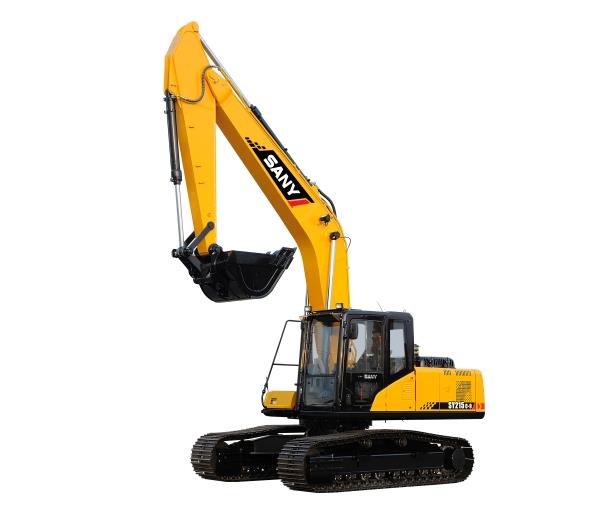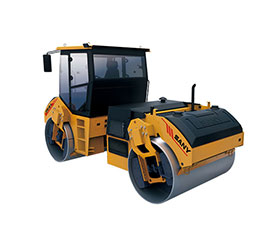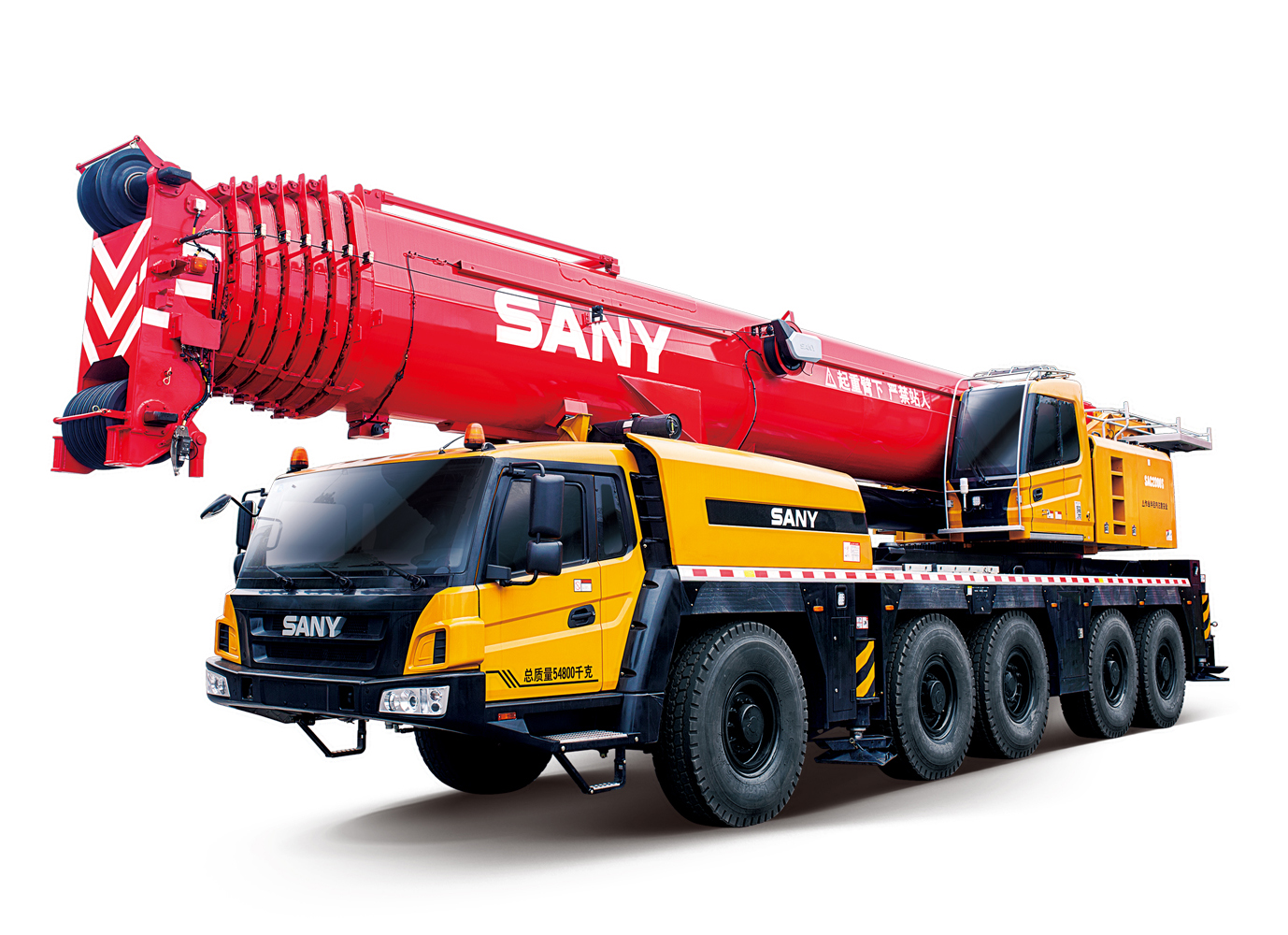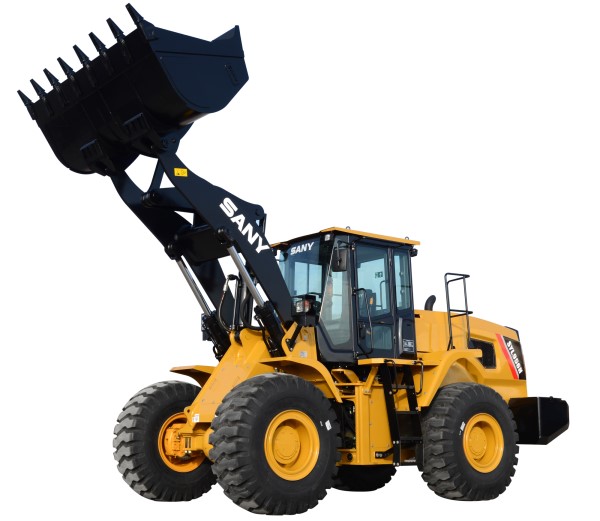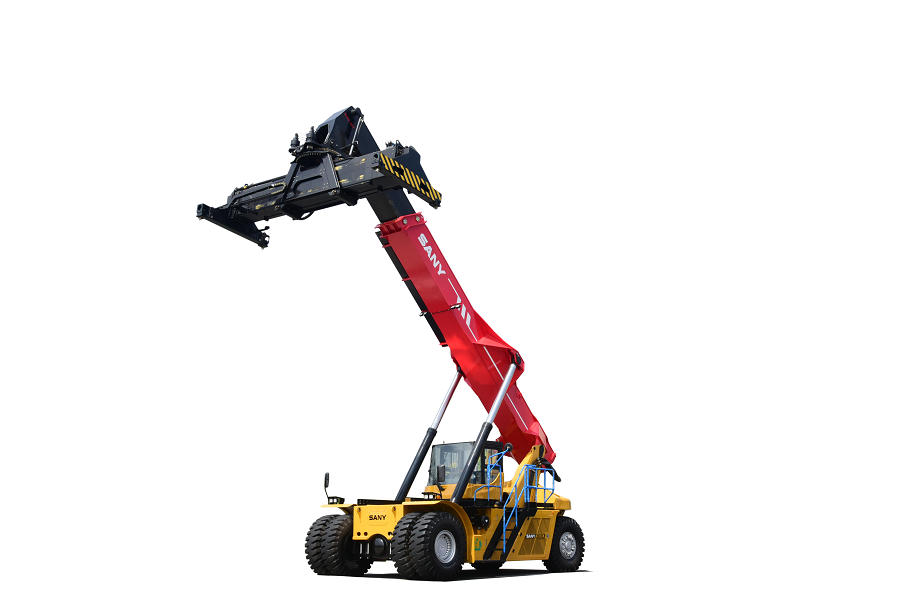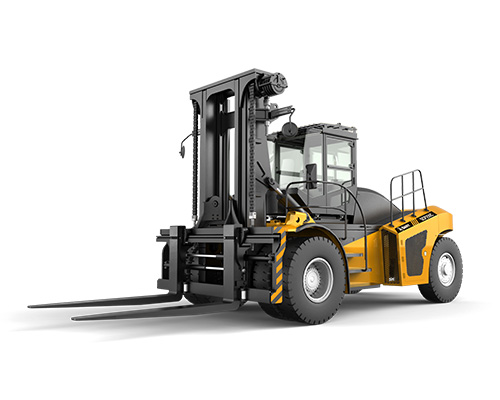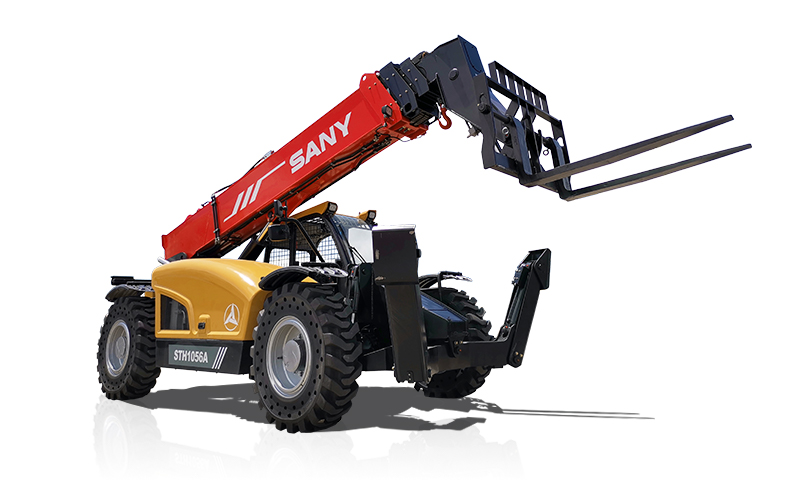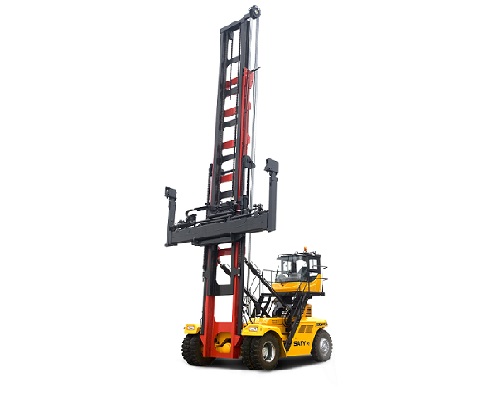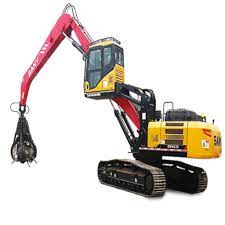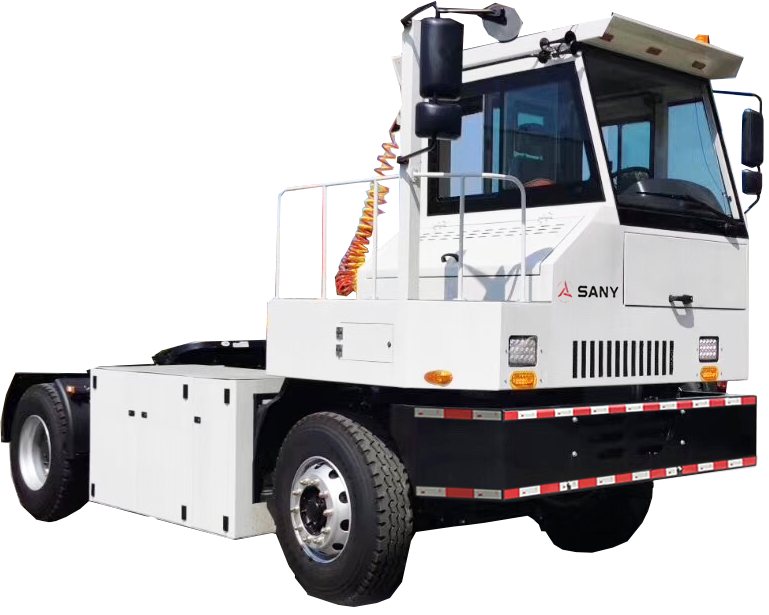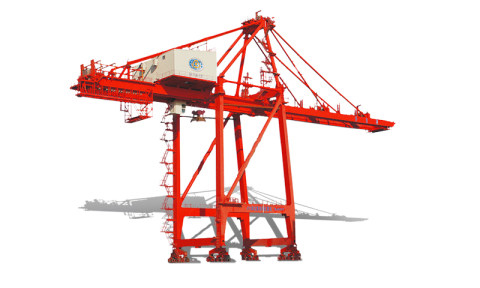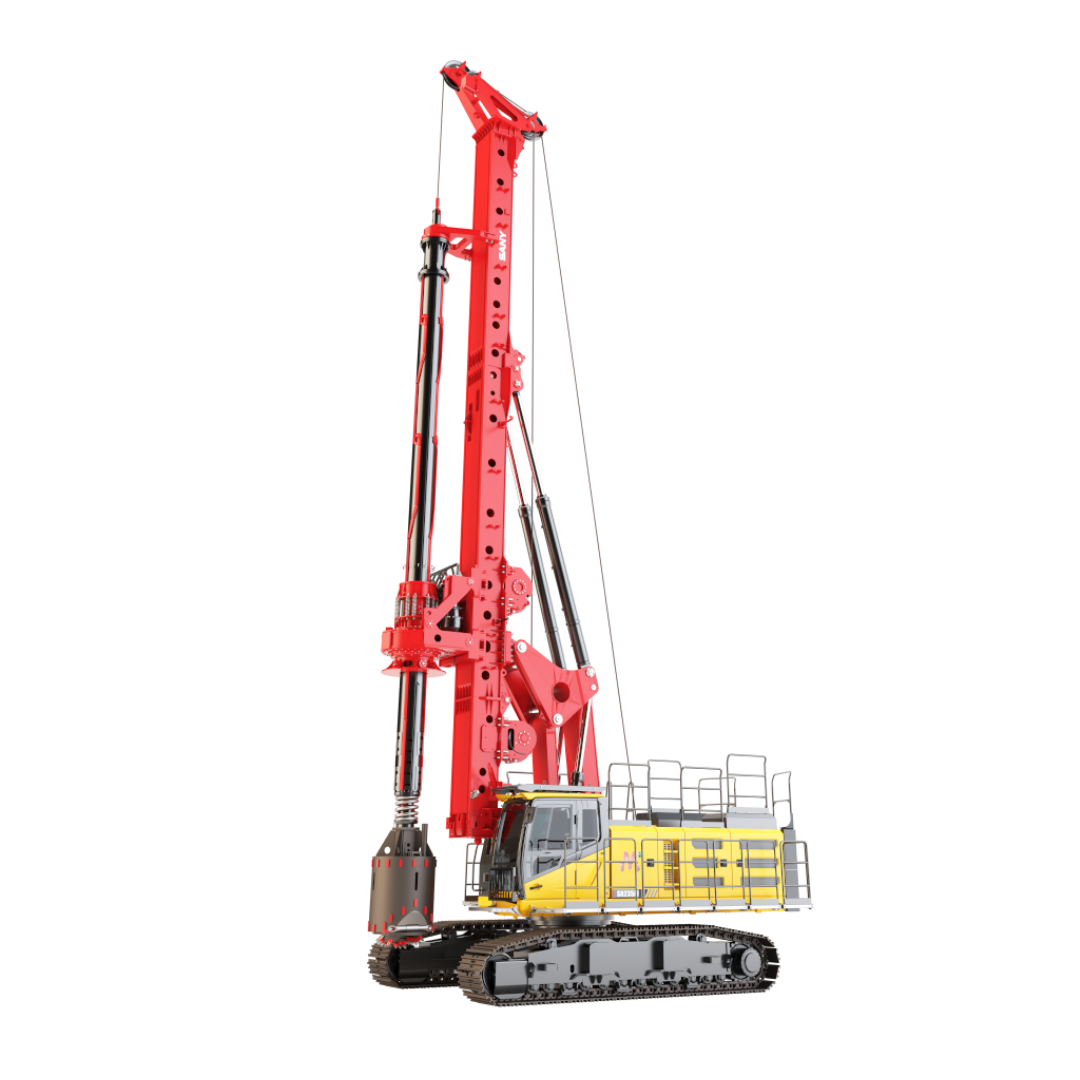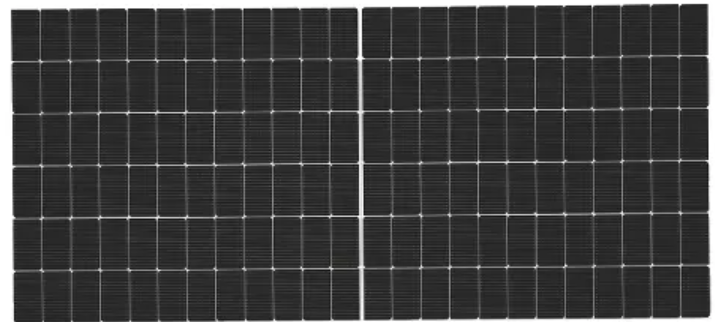March 8th 2020
Uses Of Excavators

March 8th 2020
Uses Of Excavators
An excavator is a machine widely used for construction and earthwork operations. It comes in different sizes, from small-sized mini excavators to heavy-duty ones. But do you know what are the uses of an excavator? This article will discuss how excavators can help you with different projects and applications.
Uses of excavators in construction and earthwork operations
Hydraulic excavators dig holes in the ground, while electric or diesel-powered models are used as bulldozers. The widespread use of this equipment can be attributed to its versatility and flexibility coupled with low cost of operation. It can be applied for many different purposes, including:
- Excavating trenches and holes for pipes and cables
- Landscaping
- Clearing land where foundations have been laid
- Digging trenches
- Building roads or bridges
- Planting trees
The most versatile and productive machine on the job site
The excavator is the most productive machine in the earthmoving industry. You can find it on job sites worldwide, performing various tasks ranging from clearing brush and debris to demolition and construction to land grading.
An excavator is so versatile that it can be used for a wide range of tasks, from digging ditches and trenches to excavating large areas of land. It can also dig up various materials, including dirt, sand and rocks, with relative ease due to its powerful hydraulics.
Because of this, an excavator can be used in many different environments. For example, it can operate in both dry and wet conditions. This versatility makes this machine popular among contractors who want machines to work on many projects without requiring any extra equipment or modifications.
Uses of excavators boom arms
Excavators have a boom arm attached to a cabin that swivels 360 degrees over the top of tracks or wheels. This boom arm is attached to the cabin by a hydraulic cylinder. The operator uses controls inside the cabin to move it up and down, left and right and rotate it back and forth with great precision.
When digging, bucket teeth on the end of the boom are lowered into the earth until they strike solid material such as rock or concrete. Then they bite in and start digging out chunks of whatever material is found below ground level.
What are the uses of an excavator
Excavators are very useful instruments in many fields, including agriculture and construction. On construction sites, they can dig trenches, foundations and walls. They can also remove dirt from quarries and more.
Excavators are also used in agriculture for digging ditches for irrigation. They can also remove snow from the ground so crops can be planted or harvested without destroying them with heavy machinery. Here are the main uses of excavators:
Demolition
Excavators are frequently used to demolish outdated and damaged infrastructure. They can do many tasks when the appropriate tool is attached. A widely used tool is the breaker attachment, a strong percussive hammer that destroys solid constructions made of concrete or rock.
Earthmoving
Excavators are well-known for their role in earthmoving. Their distinctive bucket attachments let the machine dig and sweep the ground. The uses of excavators in earthmoving include:
- Trench digging
Qualified operators will be required to dig a trench to lay the foundations for various building projects. Compared to other manual equipment, excavators can dig trenches more quickly and with less effort. The construction team can install and build on the foundation once the trench has been dug, whether for electric poles or landscaping.
- Landscape grading
An operator prepares the area for landscaping operations by either levelling or sculpting the earth. When grading, the excavator needs to make a space where water flow may be controlled for plants, walkways and other components.
Material handling
When the bucket attachment cannot pick up materials, a clamp attachment with a dual-tooth design is used. It can transform an excavator into a strong instrument for material handling. It can also pick up odd-shaped objects, such as trees or boulders.
Underground excavation
Diggers are another name for excavators. They’re frequently used to dig foundations, holes and trenches. This application, where an excavator digs underground passages, is also known as tunnelling. Operators use the bucket and auger attachments to accomplish this. An auger assists the deep-underground excavator.
Debris removal
For removal application, excavators utilise the bucket and clamp attachments. While the clamp removes garbage with unusual shapes, the bucket may gather up clusters of debris
For the optimal combination for clearing debris, operators can also use various sizes and types of excavators. With many machines, they can find the ideal balance of power and manoeuvrability for various removal tasks.
Forestry
Excavators can be equipped with multiple attachments to help with forestry tasks. They can maintain trees and various flora with the aid of shears, mulchers and other tools.
Excavators can help gain access to various routes by removing branch obstructions. The shears attachment aids users in trimming branches and leaves of trees.
Purchase premium excavators from Sanya Australia
Excavators have a wide range of applications in different sectors. They’ve been used since 1882 initially for digging docks. Since then, they’ve gained popularity worldwide because of their versatility, ease of use and low cost.
If you are looking for an excavator to help you with any task mentioned above, check our list of dealers. Contact Sanya Australia to learn more about the heavy equipment you need for a successful project.
Back to news